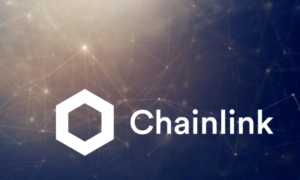#Web3 #blockchain #cryptocurrency #decentralization #multichain #chainkey #innovation #liquidity
Decentralized networks have undergone astonishing growth in a relatively short span, showcasing collective treasuries exceeding the $25 billion barrier and experiencing a significant uptick in memberships. This burgeoning interest is further bolstered by the introduction of crypto-friendly legislation across various US states and countries such as Switzerland, Malta, and Hong Kong, positioning Web3 as the forthcoming paradigm for business organizations. However, this rapid advancement is not without its challenges. The blockchain domain is currently fragmented, housing hundreds of competing protocols. Developers are caught in a dilemma: opt for launching on a single blockchain, thus narrowing their potential reach, or embark on the complex task of integrating multiple chains, which could introduce new vulnerabilities and result in liquidity issues.
This fragmentation serves as a barrier to the collective progress and broader adoption of blockchain technologies. Hence, there’s a critical need to simplify the development process, allowing builders to concentrate on innovation rather than the intricacies of multi-chain integration. Fortunately, the emergence of direct integrations offers a glimmer of hope. Such integrations can effectively bridge the gaps in Web3 in a direct and straightforward manner, extending the capabilities of each chain beyond their original confines. This not only paves the way for new, more efficient innovations but also enhances the interoperability and scalability of the blockchain ecosystem. Moreover, the utilization of “chain key” cryptography for direct integration between chains heralds a new era of seamless, trustless interactions across different platforms, eliminating the dependency on problematic bridges and central points of failure, thus ensuring a more secure and inclusive future for the Web3 space.





